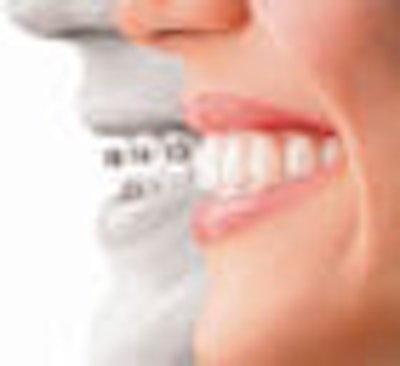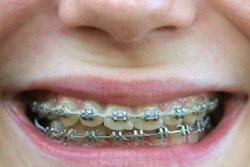
Orthodontists are all too familiar with the occasional hard-to-please patient. But some patients may be more than just difficult -- they could be suffering from a psychiatric condition known as body dysmorphic disorder (BDD), according to a study in the American Journal of Orthodontics and Dentofacial Orthopedics.
Mario Polo, DMD, an orthodontist with a private practice in Puerto Rico who specializes in cosmetic treatments for high-profile patients, identified behavioral red flags and offers suggestions on how to handle patients who may be suffering from BDD, a psychiatric condition in which the affected person is excessively concerned about and preoccupied by a perceived defect in his or her physical features (AJO-DO, February 2011, Vol. 139:2, pp. 170-173).
Dr. Polo's work as part of a multidisciplinary cosmetic/medical/beauty team in Puerto Rico -- including two former Miss Universe candidates -- has attracted patients with high aesthetic needs and high expectations of their orthodontic treatment, he noted in an interview with DrBicuspid. This, coupled with the fact that his practice treats mostly adults (60% to 75% of his patient volume), puts him in a position to see patients who are prone to BDD, he said.
— Mario Polo, DMD
"Most of these patients have normal desires of aesthetic changes, but every so often you see someone who crosses over from normal to not so normal," Dr. Polo said.
A plastic surgeon or a dermatologist, due to the nature of their treatments, practices, and diagnostic process, might be more aware of BDD in general, according to Dr. Polo. However, because orthodontists focus primarily on their patients' dental-specific requests, many may not be as familiar with this condition.
Because orthodontic treatment is often sought as part of a more comprehensive, multidisciplinary desire by patients to improve their appearance, education on BDD is crucial for orthodontists, especially those with a substantial volume of adult patients, he said.
Warning signs
Althoughevery patient is different, certain behaviors should be a red flag that the patient might be suffering from BDD, Dr. Polo noted. Potential warning signs include the following:
- Patients who perform certain compulsive behaviors or express obsessive thoughts, such as emphasizing that they want things to be perfect or "just right"
- Patients who count, tap, or repeat certain words or concerns over and over
- Patients who ask the same question over and over
- Patients who express how a specific flaw they want corrected makes them anxious or embarrassed, or it is all they can see when they look in the mirror -- particularly when the flaw they're so concerned with is a trivial or negligible dental flaw, such as an incipient dental rotation or minimal interdental spacing
"We must be more aware of the core motivations of each patient seeking orthodontic treatment," Dr. Polo said. "Investing time in getting to really know our patients during evaluation might help these BDD patients before they fall into the trap of multiple unnecessary procedures."
Dr. Polo has developed a screening questionnaire (included in the AJO-DO study) that includes useful screening questions, such as "Does this (minor or perceived) defect cause significant distress either socially or related to family/work activities?" and "Is there a history of dissatisfaction with previous cosmetic procedures? Are these multiple?" The questionnaire was designed as a guideline for the orthodontist, he said.
"I believe there are various ways to gather the information from the patient," he explained. "Each clinician should incorporate these questions in a way that works for them according to the way he manages his practice and his own personal style in speaking and managing his patients."
Dr. Polo stressed that it is very important -- particularly with adult patients -- to conduct a complete interview to assess the legitimacy of each patient's motivations for seeking orthodontic treatment. If the orthodontist has any concerns after the interview process, the patient should be referred to a psychiatrist before starting treatment.
Telling a patient that they need to consult with a psychiatrist might be outside the comfort zone of most orthodontists, but Dr. Polo feels there are ways to broach this topic with patients. A series of consults is often needed prior to the start of formal orthodontic treatment, and the medical history questionnaire every patient fills out provides a good segue into the potential consults needed.
"If we need to refer to a psychiatrist, maybe I'll say, 'I would like to have a consultation with Dr. X' regarding their expectations and concerns regarding their orthodontic problems," he explained. "If these [psychiatric] evaluations are presented to patients as part of a complete dental, medical, and mental workup, the majority of patients usually respond positively. "
Referring a patient who may be suffering from BDD to a psychiatrist is better than starting treatment on them because these patients are almost never satisfied with treatment and can be potentially damaging to the practice, he noted. Statistics show that 99% of patients with BDD will be dissatisfied with treatment, will most likely seek help with another specialist, and will speak negatively of their original dentist, Dr. Polo said.
"Research has established that 40% of physicians who treated BDD patients have either been threatened legally or physically by a patient," he concluded. "Those are risks that are not worth taking in our practice."



















